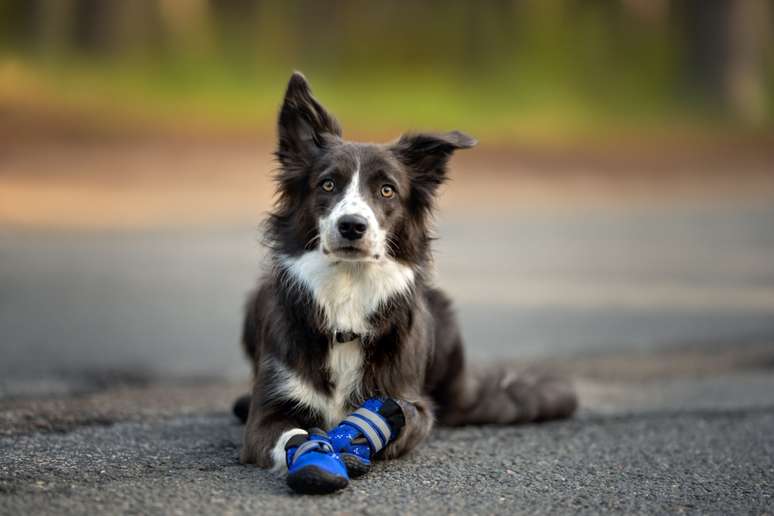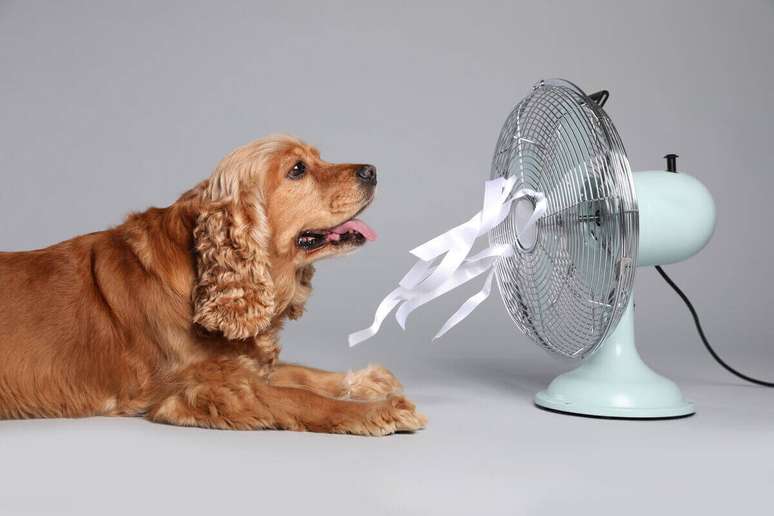Find out how to identify if your pet is uncomfortable in high temperatures
Dogs, like humans, can experience discomfort and suffer from excessive heat. Therefore, it is important for owners to be aware of the signs to ensure the well-being of their dogs during periods of high temperatures.
Providing shade, cool water, cool places to rest and avoiding strenuous activities during hot days are ways to help prevent overheating and ensure the health and comfort of your pets. pets. But if overheating is suspected, it is essential to contact the vet immediately.
So, check out 10 signs your dog is hot!
1. Excessive panting
Rapid, panting breathing is one of the most common signs a dog has Heat. They may open their mouths and breathe rapidly to try to regulate their body temperature.
2. Red tongue and gums
When a dog is overheated, his tongue and gums can become very red or even purple. This coloration indicates that he has difficulty regulating his body temperature.
3. Excessive salivation
If a dog is drooling more than usual, it could be a sign that he is hot. Increasing salivation is the body’s way of trying to do this Cold.
4. Weakness or low energy
Overheated dogs may appear tired, have lower-than-normal energy, or be reluctant to move. They can look for cooler places and lie down, avoiding physical exertion.

5. Restlessness
Some dogs They may show signs of restlessness when they are hot. They may pace back and forth, appear irritated, or show obvious discomfort.
6. Increased heart rate
A rapid heartbeat could be a sign that your dog is struggling to regulate his temperature. Observing the heart rate can help determine if the animal is suffering from the heat.
7. Vomiting or diarrhea
Overheating can lead to gastrointestinal disorders. Vomiting or diarrhea may indicate that the pet is experiencing problems due to excessive heat.
8. Muscle tremors
In extreme cases of overheating, dogs may experience muscle tremors. This could be a warning sign of a dangerous situation. In this case, do not hesitate to ask your vet for help.
9. Increased body temperature
Using a thermometer is the best way to check your dog’s body temperature. A temperature above 39°C may indicate hyperthermia (higher temperature than normal).
10. Lack of appetite
Excessive heat can reduce your dog’s appetite. If your pet refuses food, it could be a sign that he is not feeling well due to the heat.
Source: Terra
Ben Stock is a lifestyle journalist and author at Gossipify. He writes about topics such as health, wellness, travel, food and home decor. He provides practical advice and inspiration to improve well-being, keeps readers up to date with latest lifestyle news and trends, known for his engaging writing style, in-depth analysis and unique perspectives.









